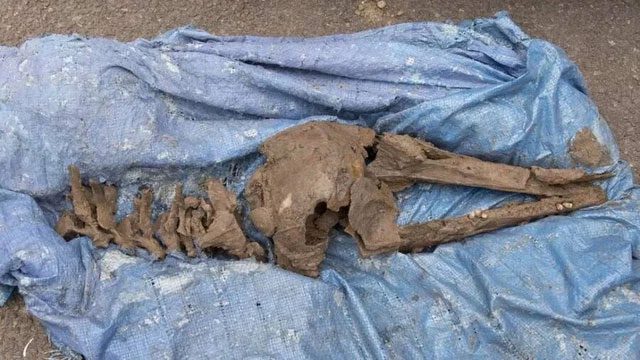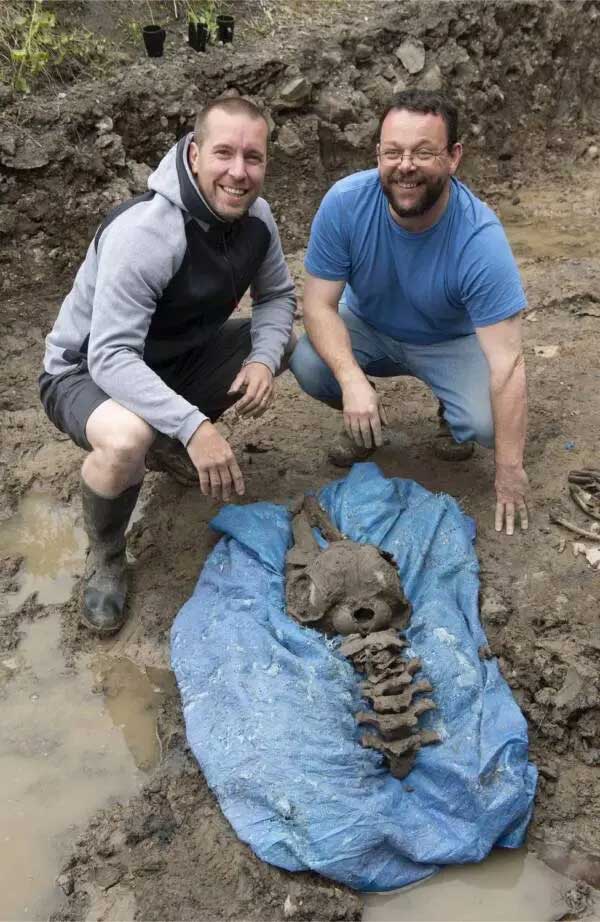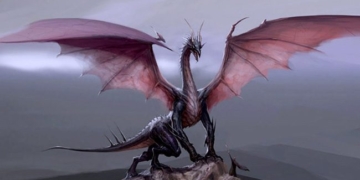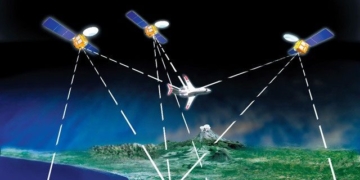A prehistoric skeleton was discovered nearly 1 meter below the surface, alongside a cutting tool made from deer antler that archaeologists believe was used by our ancestors.
When Paul McDonald, a 44-year-old father, started digging a pool for his children in the backyard, he never expected to find anything buried there—not to mention an 8,000-year-old dolphin skeleton. However, that is exactly what he uncovered.
According to information from Allthatsinteresting, this Scottish father of four immediately recognized the skull of the dolphin upon encountering it while digging due to its unmistakable shape and row of teeth.
McDonald stated: “I was digging a pool for my kids when I stumbled upon something unusual. I went down and pulled it out. I saw the roundness of the skull, then the snout and teeth, and I knew right away it was a dolphin.”
The dolphin bones were preserved in clay, just about 31 inches (approximately 79 cm) below the current ground level. Archaeologists believe that they may have been buried there for up to 8,000 years, likely washed ashore after the last Ice Age; some have called this finding a “once-in-a-lifetime discovery.”
Next to the dolphin skeleton was a broken tool made from antler, believed to have been used for butchering the dolphin. Experts think that ancient local inhabitants may have hunted dolphins as a source of food.

Smaller dolphin bones, leading experts to conclude they likely belonged to a female. (Photo: Allthatsinteresting).
So far, experts from the National Museum of Scotland (NMS) have removed the dolphin skull for analysis and are planning to excavate the rest of the skeleton. Archaeologist Stirling Murray Cook stated that this discovery might be the first of its kind in Scotland in over a century.
Stirling Murray Cook noted that recent records indicate whale bones were found near Stirling in 1897—but there have been no recorded discoveries of dolphins.
He explained: “After the Ice Age, once the ice retreated, this area was a vast inland sea teeming with life. Our earliest ancestors would have walked along the coast daily for food such as seaweed, shellfish, and if a seal, whale, or dolphin washed ashore, it would be eaten almost immediately.”
Andrew Kitchener, the principal curator of vertebrates at NMS, stated: “I have been at the museum for 35 years, and this is the first time I’ve discovered something like this embedded in clay. It’s a truly fascinating and important find. It seems to be an animal that got stranded, buried in clay, and preserved until Paul discovered it; it’s really a miracle.”

Paul McDonald and Murray Cook. (Photo: Allthatsinteresting).
While further analysis is needed on the skeleton, Kitchener mentioned that they will be able to determine the age of the dolphin once they achieve radiocarbon dating of the bones. However, from initial examinations, he indicated that the dolphin appears to be a female, based on its size and condition of the teeth.
As for the skeleton itself, theoretically, it would belong to McDonald. However, the antler tool could be considered an archaeological treasure, which would reward McDonald for being the discoverer.


















































